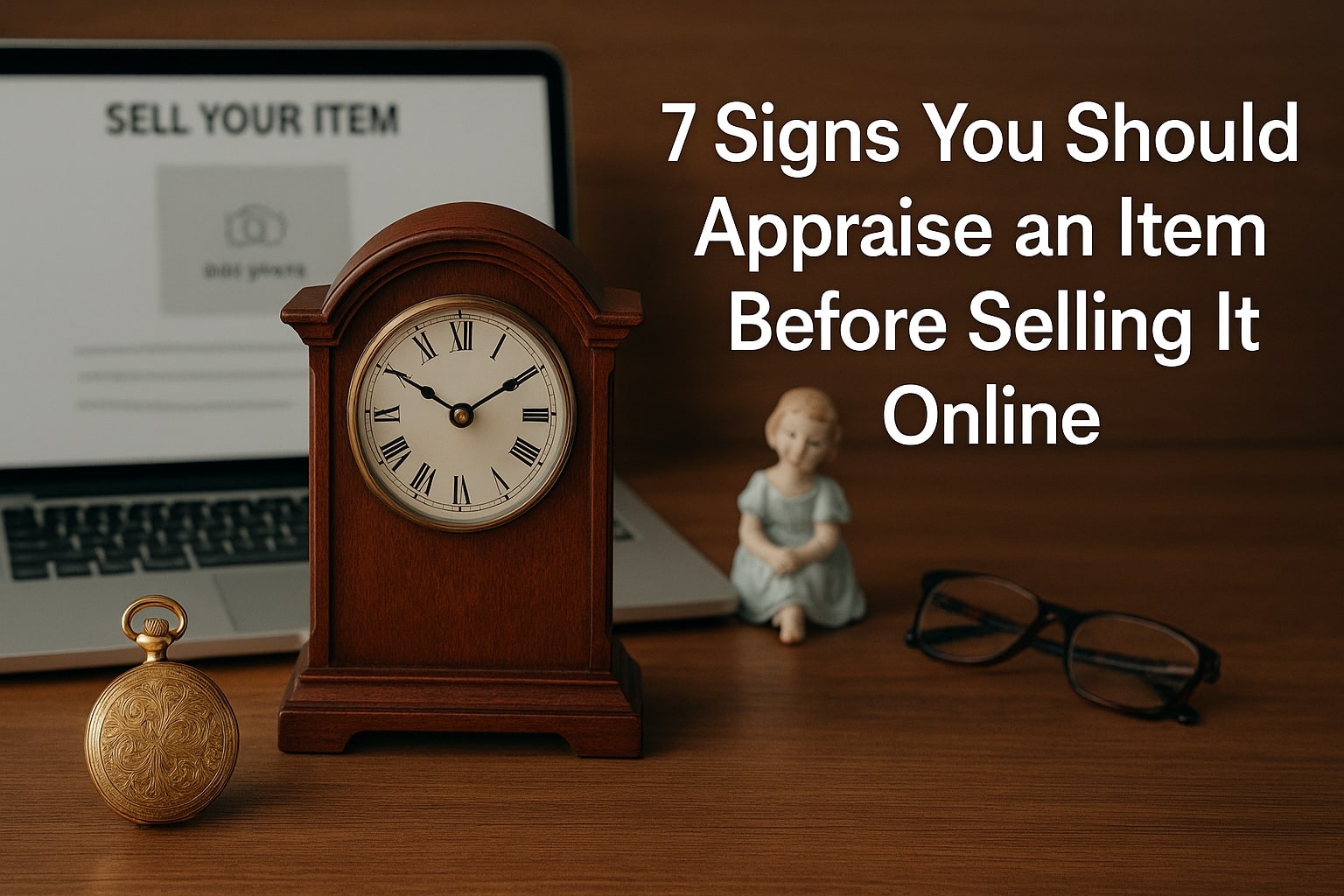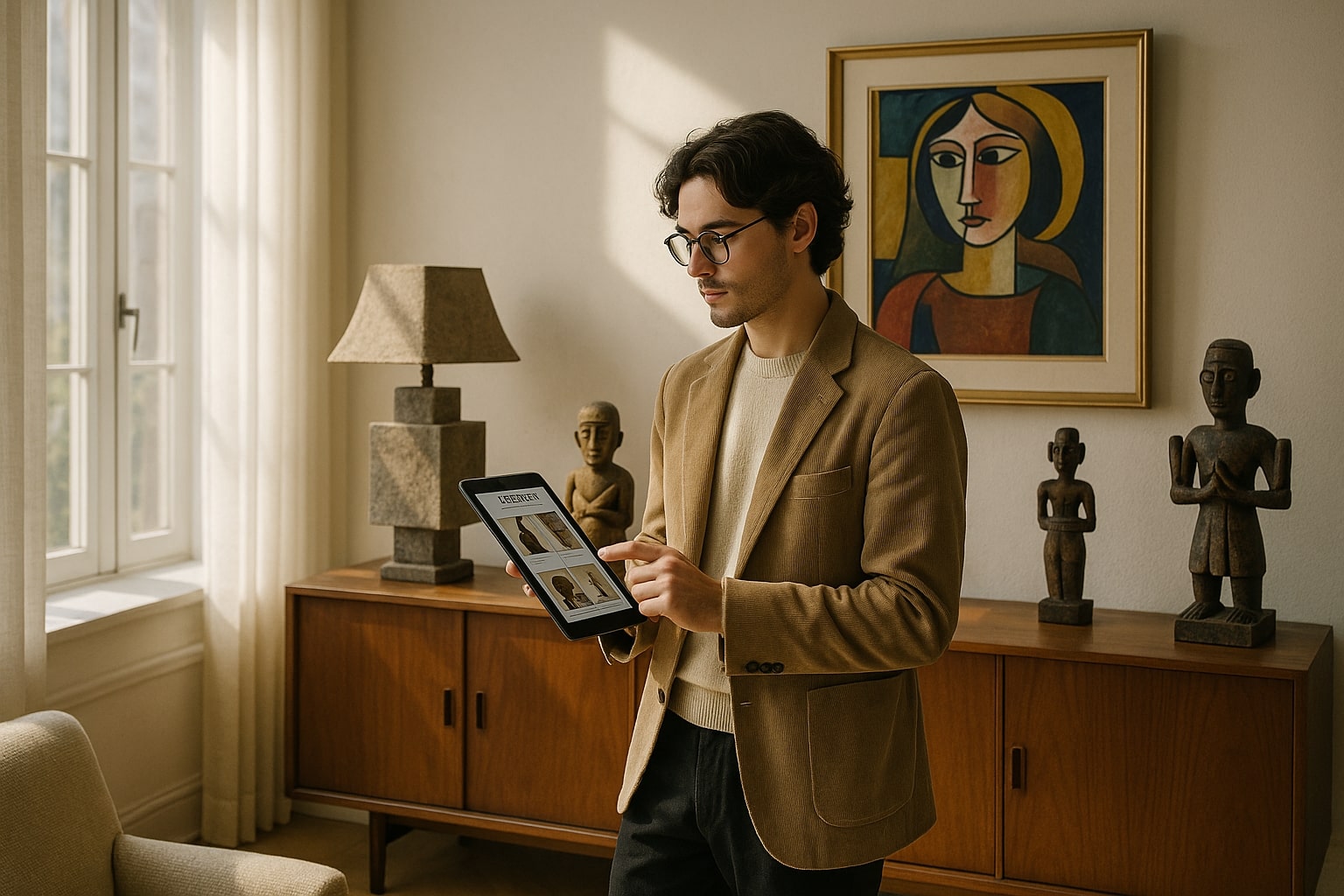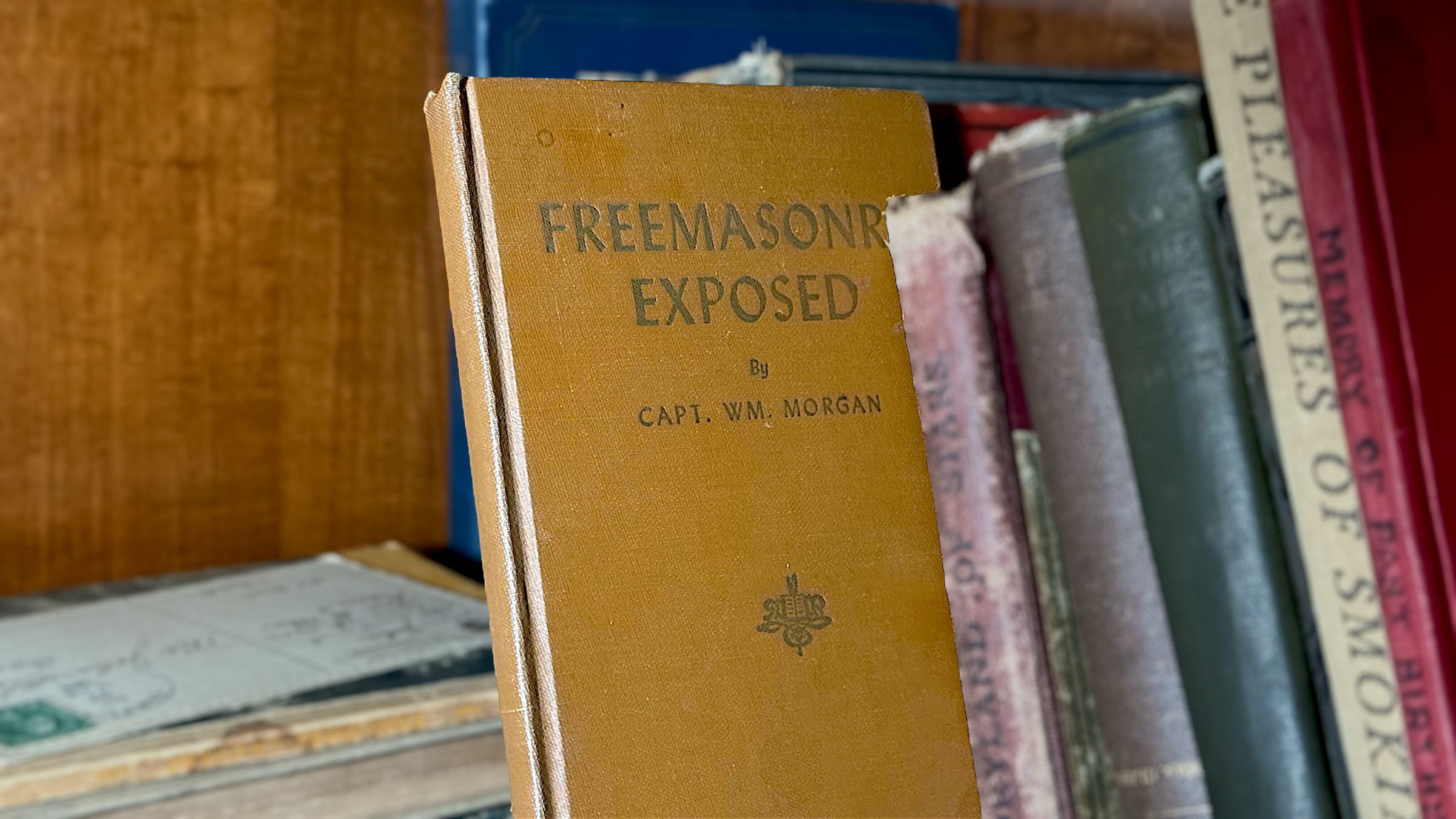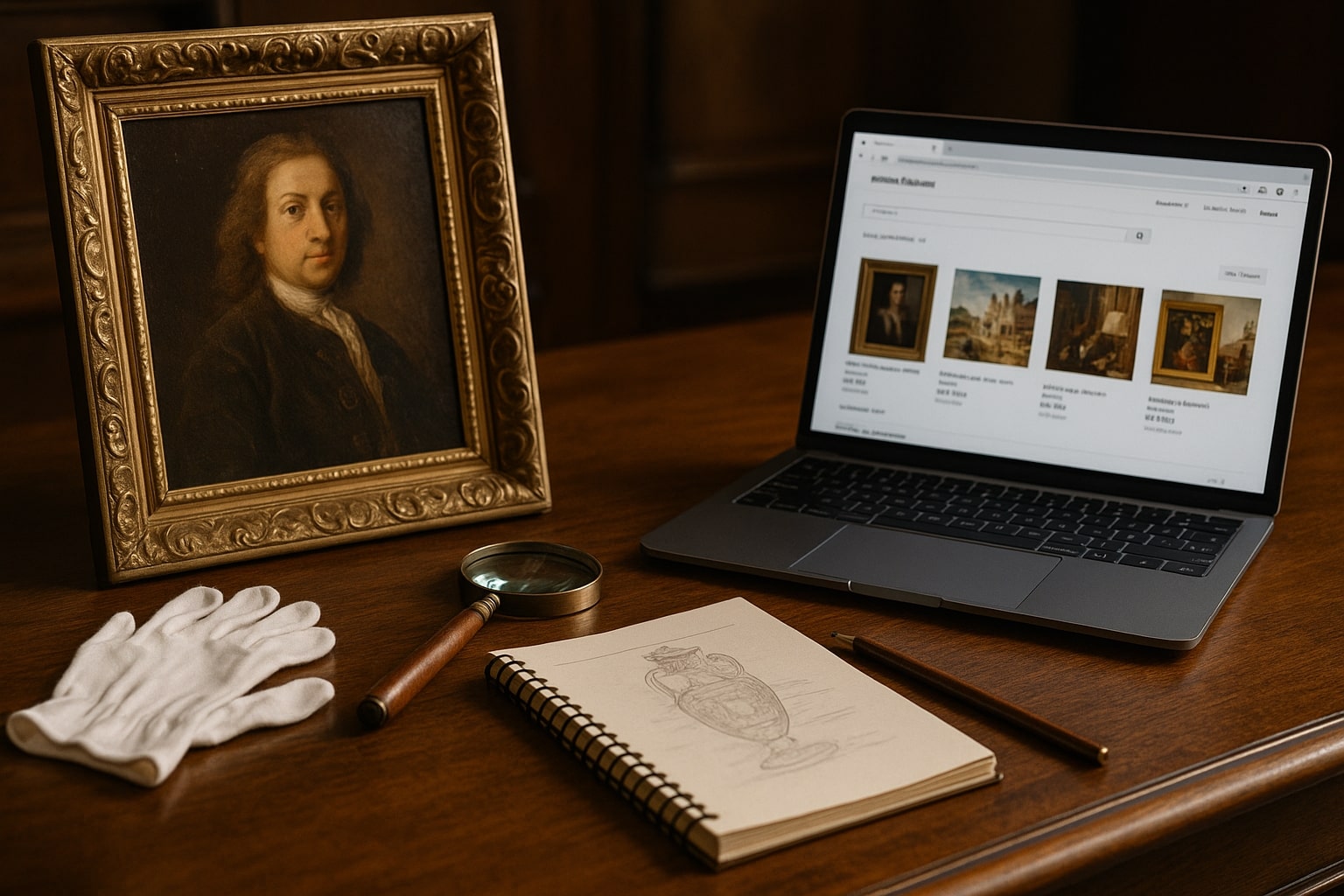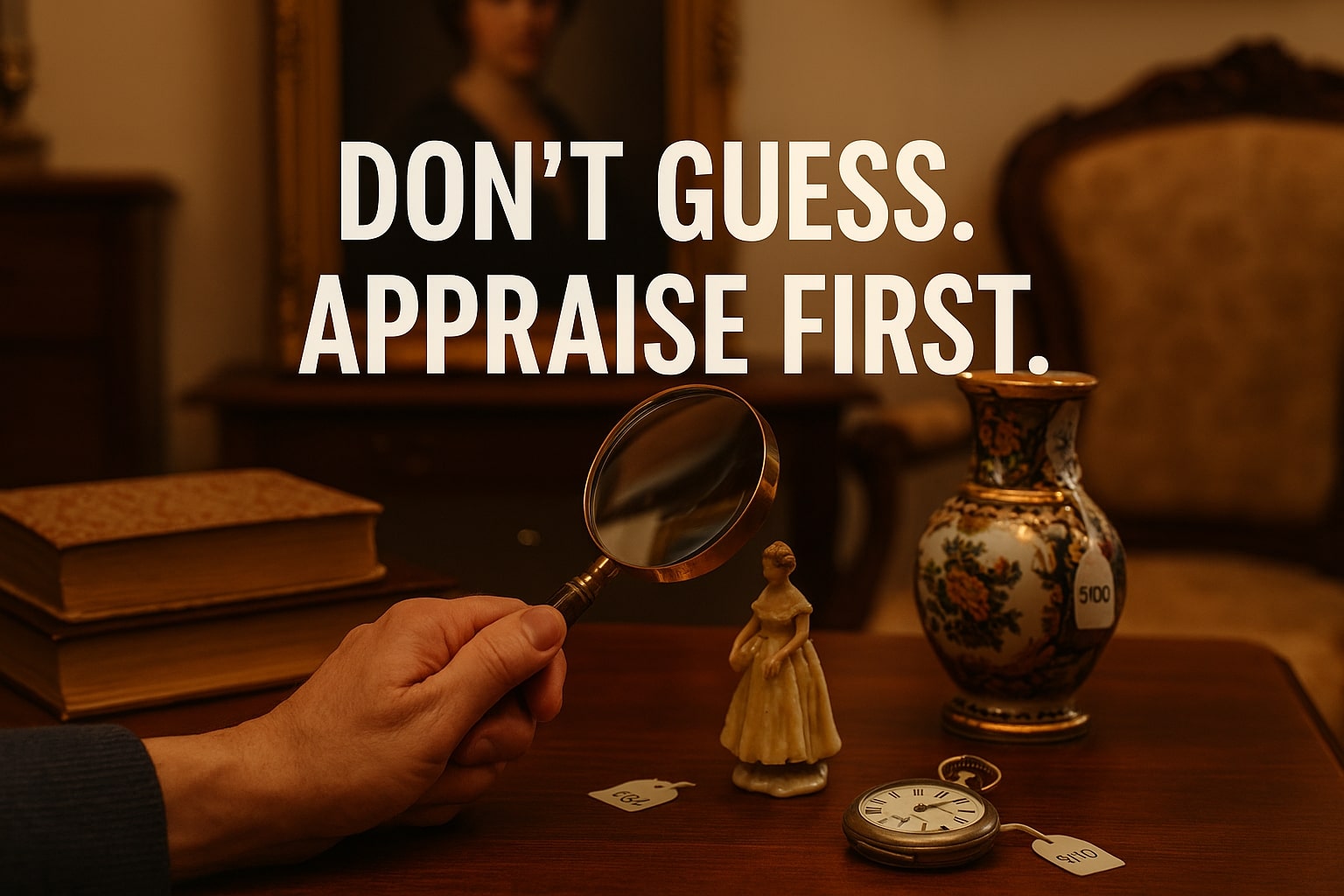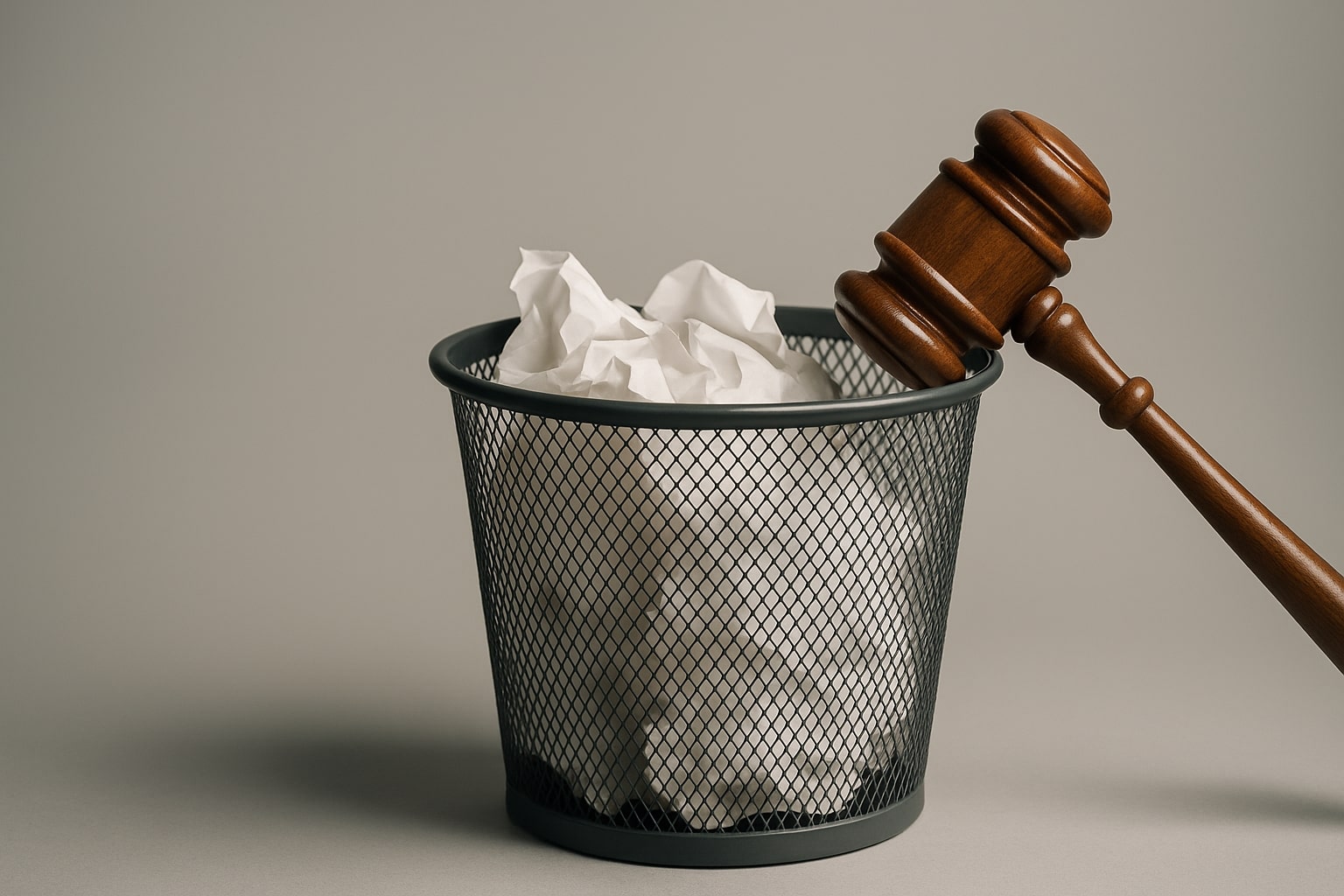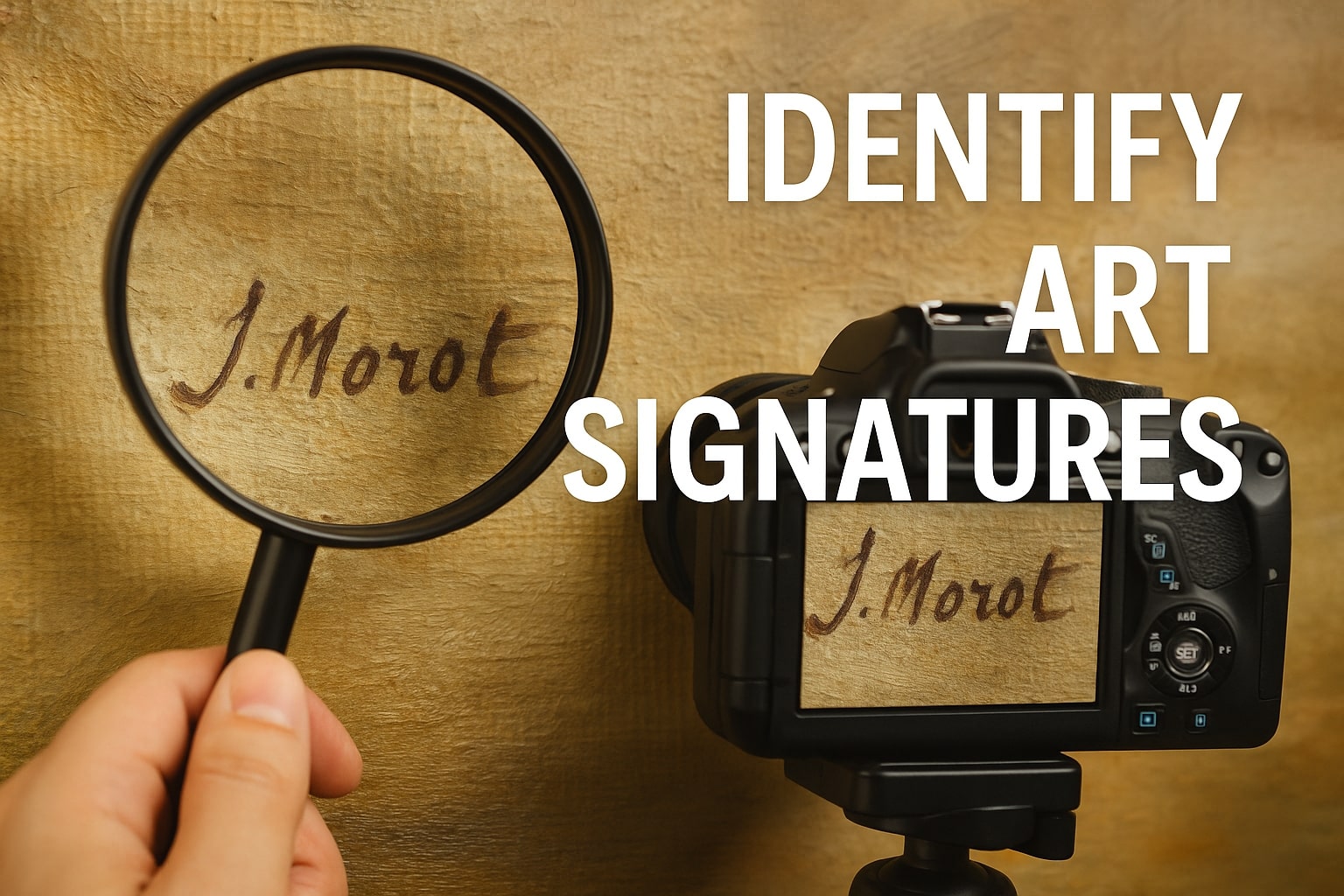Before You List It Online: 7 Signs You Should Get That Item Appraised First
Before listing art or antiques online, a professional appraisal is wise if the item is rare or unusual, comes with documentation or provenance, is made by a recognized artist or maker, or shows signs of wear and restoration. Supplementary indicators include high recent sales of similar pieces, doubts about authenticity, or heightened market interest in the category. These factors often signal higher value or special risk, making expert assessment crucial. More in-depth signs and guidance follow in the discussion.
The Item Appears Rare or Unusual
Rarity is a primary driver of value in both art and antiques, making it essential to recognize when an item deviates from the ordinary. Items crafted from unusual materials or exhibiting unique craftsmanship often signal limited production, enhancing their desirability among collectors and investors.
For example, the use of discontinued techniques or experimental styles, in addition to distinctive combinations of materials, typically points to non-mass-produced origins. Objects lacking close comparables in reference guides or auction records further underscore their scarcity.
Moreover, features such as non-standard sizes, custom adaptations, or absence of maker’s marks suggest artisanal or small-batch creation, not factory output. Pieces labeled as “one of one,” early prototypes, or artist’s proofs are classic markers of rarity, often commanding a premium.
When such characteristics are present, a professional appraisal is warranted to accurately assess the item’s value and potential within the art and antiques market.
You Have Documentation or Provenance
When an item is accompanied by documentation or a clear provenance, its value and marketability are markedly affected. Provenance importance cannot be overstated; it establishes the documented chain of ownership and substantiates authenticity, both critical to appraisers, buyers, and insurers alike.
Documentation types such as sales receipts, gallery records, exhibition catalogs, certificates of authenticity, and restoration logs serve as reliable evidence of an item’s history. These records provide legal protection, support valuation accuracy, and mitigate authenticity concerns—especially for high-value or historically significant works.
Gaps or inconsistencies in provenance often lead to reduced appraised values or increased scrutiny. In contrast, thorough provenance and documentation types can facilitate smoother transactions, justify higher valuations, and satisfy legal or tax-related requirements.
For any art or antique with substantial documentation, seeking a professional appraisal is prudent, ensuring the item’s significance and value are fully recognized and legally substantiated before listing or sale.
The Artist or Maker Is Well-Known
Artist reputation stands as one of the most critical determinants of an item’s value in the art and antiques market. Works by well-known artists routinely command premiums, as their established status increases market demand among collectors, investors, and institutions.
This recognition, often substantiated through a strong exhibition history or inclusion in museum collections, confers both credibility and desirability. Market demand for art by renowned figures is further reinforced by documented auction results and price indexes, which provide reliable benchmarks for appraisal.
Moreover, works by celebrated artists are perceived as safer investments due to their liquidity and resilience during market fluctuations. Institutions and museums are more likely to compete for such pieces, intensifying secondary market values.
Art by renowned creators offers stability and liquidity, attracting institutional interest and driving up values even in volatile markets.
Given these dynamics, professional appraisal is crucial to authenticate, properly value, and strategically position items created by well-known makers, ensuring informed decisions and ideal outcomes in both acquisition and sale contexts.
There Are Visible Signs of Age or Restoration
Evidence of vintage or restoration serves as a critical indicator for determining whether an item warrants professional appraisal. Surface wear—such as cracked paint, fine fractures in ceramics, or tarnished metal—often signals genuine antiquity, while dull colors or yellowed varnish suggest prolonged exposure.
Conversely, overpainting, mismatched pigments, glue residue, and replaced hardware typically reveal aspects of restoration history that can substantially affect value. Scientific techniques, including thermoluminescence testing for ceramics or spectrophotometer analysis in textiles, provide objective confirmation of antiquity and restoration extent.
Non-invasive imaging, such as X-rays or ultraviolet light, can expose concealed repairs or touch-ups not visible to the unaided eye. Both surface wear and the degree of restoration are scrutinized by appraisers, as items in original, unrestored condition frequently command higher prices.
Disclosure of restoration history is critical in appraisal reports, ensuring buyers understand the authenticity, rarity, and true market value of the piece.
Similar Items Have Recently Sold for High Prices
A surge of recent high-priced sales for comparable items in major auction houses serves as a compelling indicator that an object may warrant professional appraisal.
When recent auction prices for works by artists such as Vincent van Gogh or Andy Warhol far exceed historical averages, this trend signals market momentum and heightened collector interest.
Auction records—like van Gogh’s Coin de jardin avec papillons selling for $33.19 million in 2024—demonstrate how comparable item sales directly influence perceived value.
Likewise, successive high results for Warhol’s “Flowers” series reinforce the relevance of tracking such benchmarks.
Market databases, including Artnet, allow for close monitoring of these pricing trends and help validate whether an object aligns with current demand.
As auction houses cluster comparable lots and report frequent five- and six-figure results, the evidence strongly suggests that owners should seek an expert valuation before listing, to enhance returns and avoid costly undervaluation.
You’re Unsure About Its Authenticity
When uncertainty surrounds the authenticity of an artwork or antique, obtaining a professional appraisal becomes essential to mitigate risk and protect value.
Robust authenticity verification is fundamental, as provenance gaps, incomplete documentation, or questionable certificates can cast doubt on legitimacy. Expert appraisers employ a multifaceted approach—scrutinizing provenance records, analyzing production techniques, and leveraging advanced scientific methods such as spectroscopy, radiometric dating, and pigment analysis.
These techniques can uncover inconsistencies, such as anachronistic materials or modern manufacturing in objects purportedly from earlier periods. Forgery detection is especially vital in categories prone to sophisticated fakes, where technological advancements have made counterfeit items increasingly convincing.
Appraisers also examine joinery, stitching, or glassblowing methods to confirm period-appropriateness. Certificates of authenticity from trusted experts are often pivotal for market confidence.
Ultimately, without rigorous authentication, sellers risk undervaluing genuine items or inadvertently listing forgeries, potentially leading to reputational and financial loss.
Market Interest in the Category Is Rising
As market demand intensifies for select art and antique categories, appraisals become critical for owners seeking to capitalize on rising values. The current landscape is shaped by rising demand for Art Nouveau and Art Deco objects, painted screens, chinoiserie, and rare textile arts such as antique tapestries.
Market trends indicate surging interest in pieces like Italian painted chests, Victorian wicker, and 19th-century American quilts—each now considered a worthwhile investment as buyer enthusiasm grows.
Auction houses and online platforms document increased searches, higher sale prices, and greater bidding competition for these trending categories. Influential designers, press coverage, and social media further drive mainstream recognition, expanding the pool of potential buyers.
Demographic shifts, with younger generations valuing sustainability and unique design, fuel global interest. In this climate, expert appraisal is vital to accurately gauge value, ensuring sellers neither undervalue their assets nor miss opportunities amid favorable market trends.
Conclusion
Today’s ever-shifting art and antiques market demands recognizing when to seek a professional appraisal—essential for maximizing value and minimizing risk. Sellers who identify these seven key signs position themselves to make informed, strategic decisions rather than costly mistakes.
Whether the goal is profit, preservation, or peace of mind, an expert evaluation can uncover hidden worth and guarantee a secure transaction. Informed appraisal is not a luxury—it is a critical step before listing any valuable item online.

